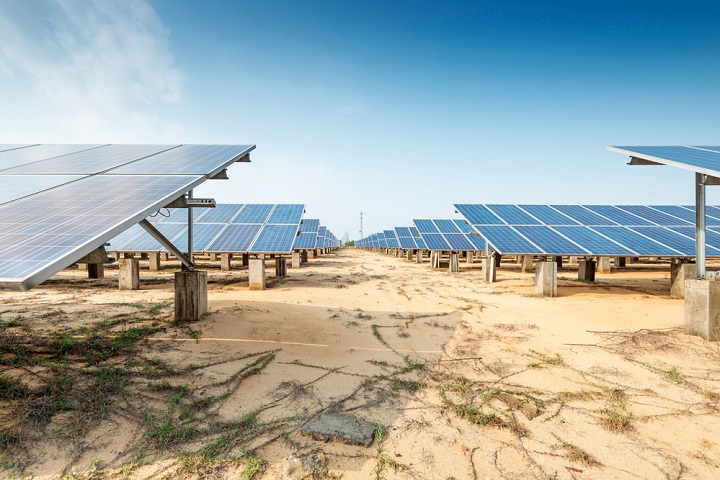President Trump might want to shift the United States focus to fossil fuels, but in China, renewable energy prevails. In fact, China just ran an entire region on renewable energy for a whole week. In northwest China, over 5 million people in the Qinghai Province received all of their power needs from 100% renewable energy sources for a week.
Moving to renewable energy
Performed by the State Grid Corporation of China, this test was the first step in China’s plan to prove that it does not need to rely on fossil fuels to meet energy needs. How did the province meet their energy needs? Well the power was generated by a combination of wind, solar, and hydropower. The GM of Qinghai Electric Power Corporation, Quan Shen Ming, elaborated more about the trial. “Being the first trial of this kind in the country and a major step in the transformation of energy supply, it will be of great importance in promoting the use of clean energy in China in a sustainable and effective way.”
The trial took place from June 17 to June 23 2017 and the energy consumed totaled to 1.1 billion kilowatt-hours (kWH). If this were produced by fossil fuels, this would have needed 535,000 tons of coal. The Qinghai province had established hydropower which accounted for over 70% of the clean energy with solar and wind making up the difference.
The plan does not require a base load of supply from gas or coal
Adding to the excitement, Qinghai has also stated that its renewable energy delivery plan does not require a base load supply from fossil fuels. It’s been known that Qinghai has been investing in renewable energy for quite some time and this is the first step in research before the region moves to 100% clean energy. As of right now, the region receives more than 80% of its total energy supply from renewable energies. However, the district’s authorities don’t plan on resting until that numbers is bumped up to 100%. If all goes as planned, the district hopes to have total renewable power by 2020.
Han Ti, the vice general manager of Qinghai Electric Power Corporation, explained their mission. “Clean energy is the ultimate way. We need to reduce reliance on fossil fuel, improve our energy structure, and reduce carbon emissions.”
China is apart of the Paris Climate Accord
As part of China’s commitment to the Paris Climate Accord, the country needs to increase its use of non-fossil fuels in order to make up less than 20% of the country’s total energy consumption. If the plans for Qinghai continue to be successful, China is well on their way to meeting this goal. The country recently passed the United States as the world leader in renewable energy development as China has been putting major investments into renewable energy. Before 2020, China is forecasted to invest $360 billion USD on clean energy projects.
One of China’s bigger investments has been in solar arrays. One project on the Tibetan Plateau holds 27 square kilometers of arrays with the capability to power 200,000 homes. Other projects include the floating solar array in Huainan, which provides 40MW of power.
Featured Image: depositphotos/gjp1991










